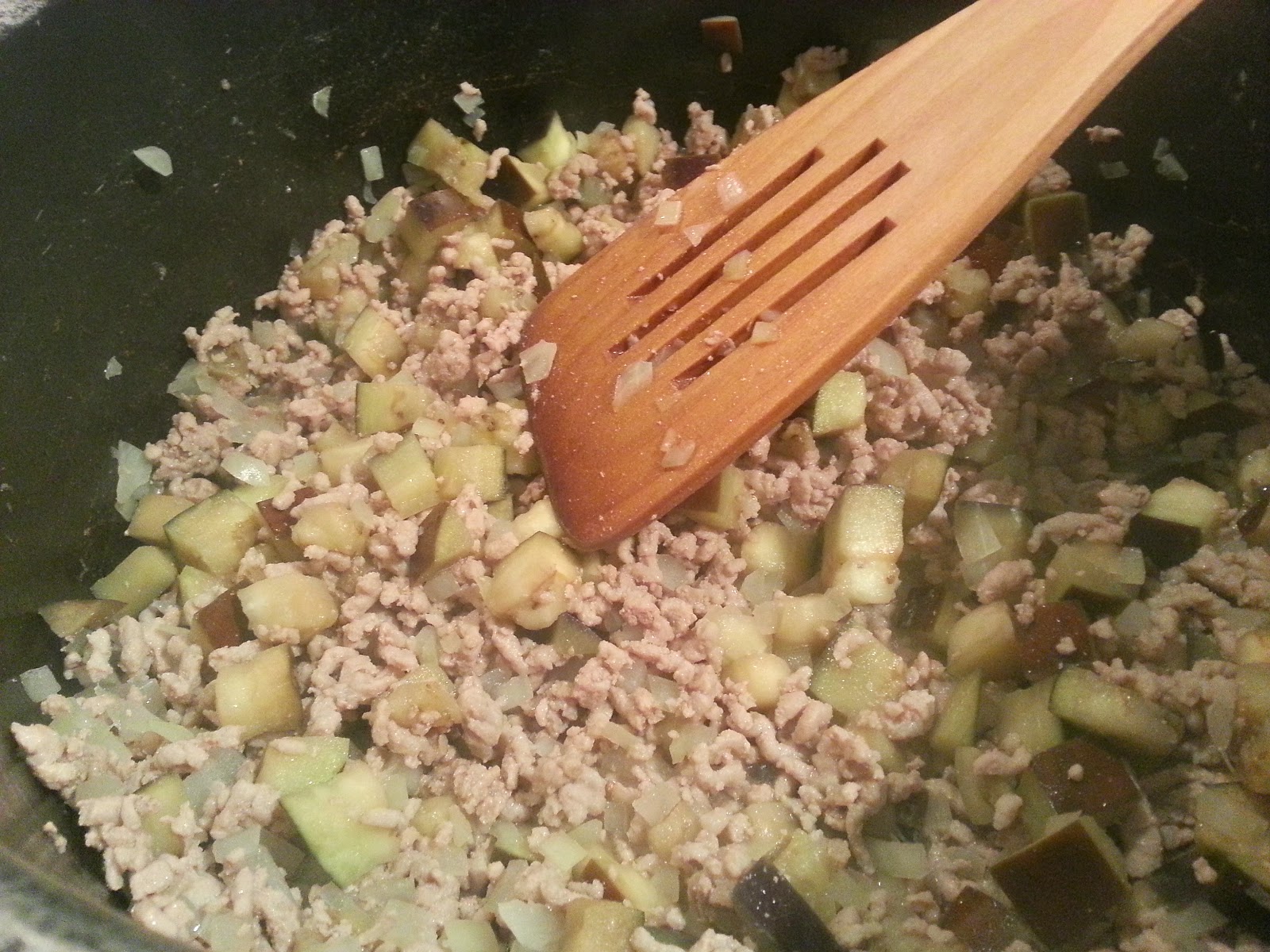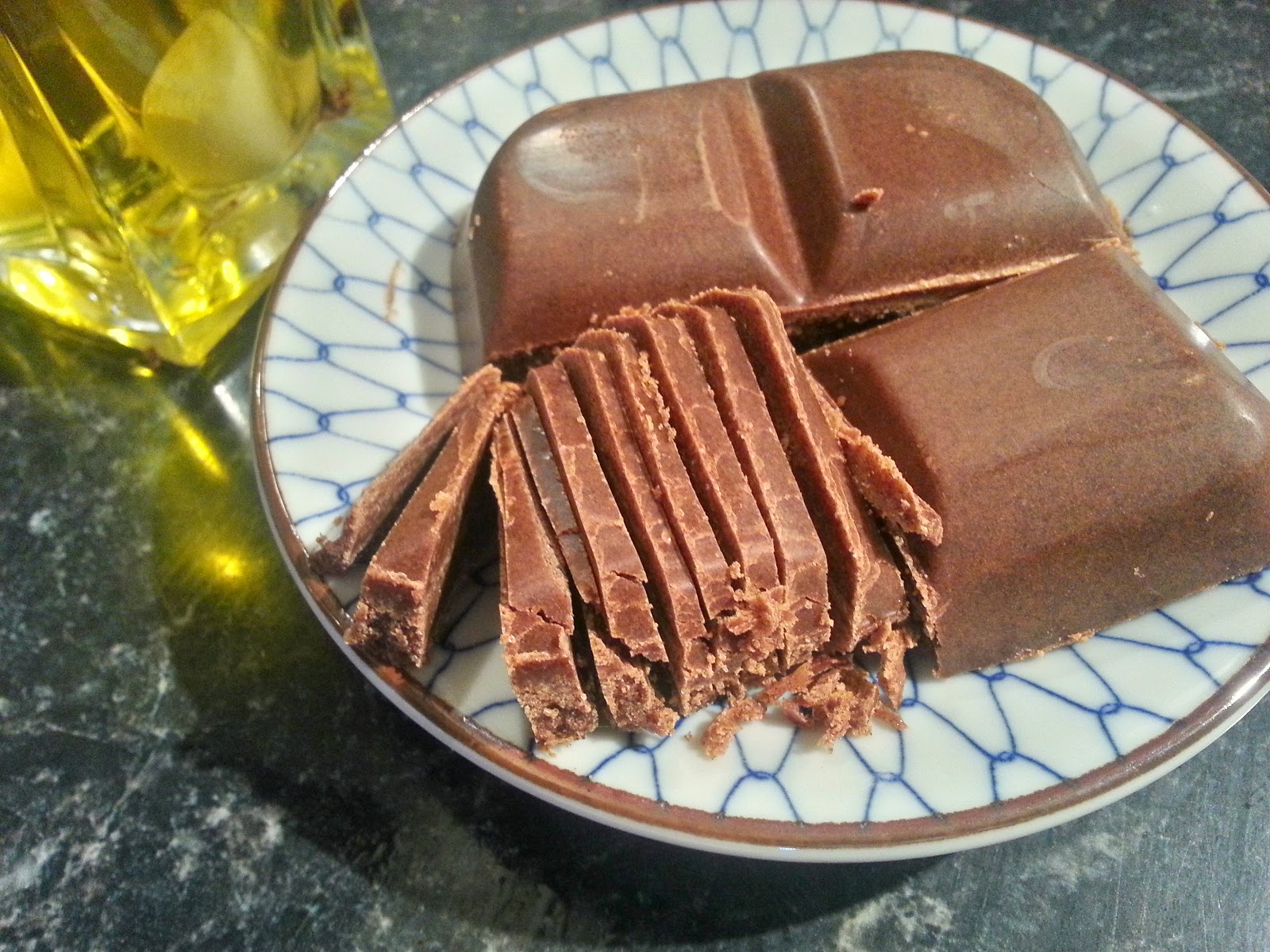Yes, Tofu on BBQ. It's a bit sound strange but one very traditional street food.
A bit crunchy outside, melting soft and burning hot inside, the rich sweet sauce makes the simple ingredient so tasty. Yummy.
Dengaku is the style of BBQ in Japan, and the sauce is called Dengaku-miso, commonly used on boiled or BBQ ingredients. The real sauce requires Hacho-miso, which really difficult to find outside of Japan. Instead I used Hoisin sauce which you'll be able to find at any Chinese glossary stores, but amazingly similar taste.
Unfortunately I had no chance to take photo of the real BBQ ones, it was too difficult to stop people eating them before taking any good shot. So this is a picture from the few left slices, I've repeated using a regular frying pan. Still, it was really good.
Ingredients:
1 pack Tofu (1 pack of Tofu makes 3 servings. Multiply by how much you want to prepare)
for Dengaku-miso sauce (easy amount to mix, for about 2-3 packs of Tofu):
2 Tbsp white miso
2 Tbsp Hoisin sauce
1/2 Tbsp soy sauce
2 Tbsp sugar
1 Tbsp mirin
(or 2.5 Tbsp sugar + 1 Tbsp sake, or 2.5 Tbsp sugar + 1 Tbsp water)
1 Tbsp sesame seeds
Required tools:
6 BBQ skewers
few kitchen papers
* 2 cutting boards - not too smooth ones
* a plate or kitchen towel
(* or instead, a large strainer, a large plate)
Some weight e.g. 2 coke cans
1. Drain water from Tofu. This is a very common basic step for using Tofu when you want to use them for many recipes. Take out the Tofu from package, easily rinse under water.
Now prepare the platform to drain them. Place a cutting board just beside of your kitchen sink; one side to be over the edge of sink and elevate the other side few cm higher than the edge of sink using a plate (up-side down) or rolled up kitchen towel, so the cutting board makes a slope down to the sink. Now place Tofu on the cutting board, then place another cutting board over them, then place some weight - about 2 cans of coke.
1. Alternative step: If above step is difficult, instead wrap the Tofu by a kitchen paper, place it on a large strainer, place something flat like a plate larger than the Tofu, then place 2 cans of cokes.
2. Leave it for at least 30 min, ideally 1 hour. Pat any water around Tofu by new dry kitchen paper and place the Tofu on a cutting board.
3. Cut them into 3 long and thin slices.
4. Place one of the slices on cutting board, the largest surface up, then skew from the smallest surface using 2 BBQ skewers (see the picture for reference). It's easier to handle on BBQ if you make the skewers slightly open at the ending like a long V shape.
5. Prepare sauce. Mix all ingredients well in a small cup.
6. Place the skewed Tofu slices on BBQ - be careful not to turn around, leave them on for 10-15 minutes until the surface start to get slightly burned. Turn the side of Tofu time to time (just like any other BBQ things)
* For the top photo ones, I fried them on Teflon frying pan with high heat for about 15 minutes instead.
7. Place the Dengaku miso sauce over them. Some people brush the sauce on the Tofu and burn miso a bit on BBQ, I like it as the Photo with the miso totally soft. Just eat like any other BBQ things!
Alternative ingredients good with this sauce:
1. Aubergine - cut them into 6 slices, just like how you cut apples. Skew from the bottom of slice, where the skin is wrapping in curve, until top. BBQ in a same way as Tofu.
2. Leaks - cut it in to 3-4 cm longs, skew 5-6 of them from a side. BBQ in a same way as Tofu.
















